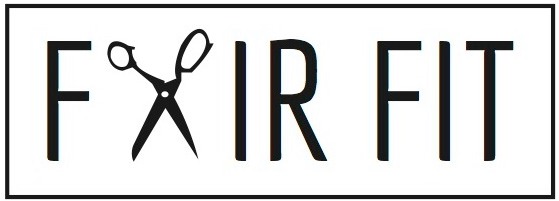Getting a patch pocket on straight isn't the easiest process in the beginning. Its one thing if its being sewn on a flat front of a shirt, but what happens when you have a princess seam that it needs to be placed over, or a bust dart? That's where it gets a little tricky- when the bodice is three dimensional, making sure that the pocket aligns to the proper place takes more work.
In this written and video lesson, lets go through it step by step. I'll show you how to prepare a pocket how to smooth the bodice so that your pocket ends up where it was intended.










